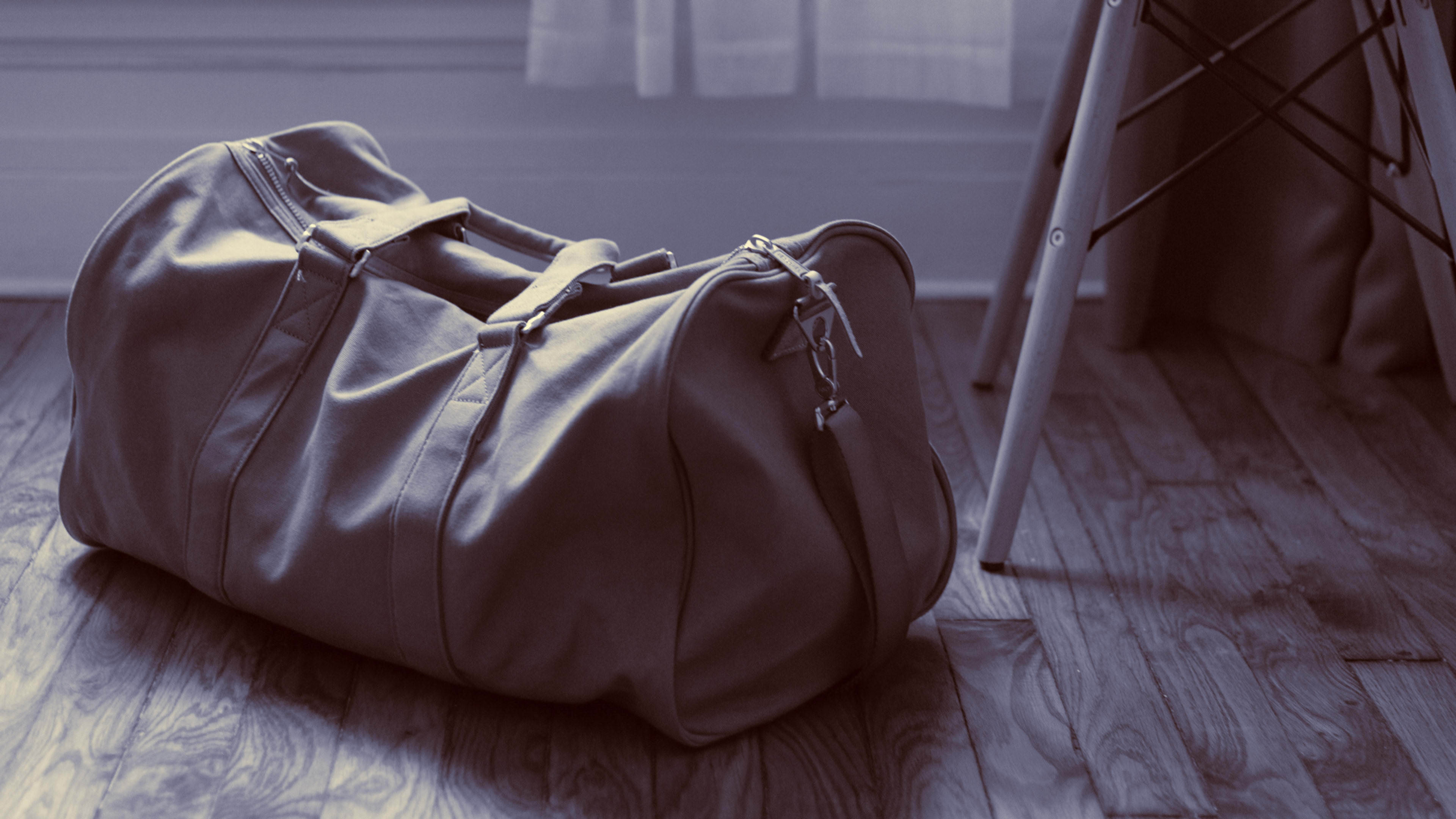Were you shaken up by the earthquakes that rocked Southern California last week? The recent seismic activity damaged roads, sparked fires, rattled Dodger Stadium, and left a crack in the Earth so large it could be seen from space. It also scared the tuna salad out of a lot of people.
If you want to prepare for the next one and have your so-called go bag ready, the government has a list here, the Red Cross has a version here, or you can buy one like this design-savvy version or this chic one. The number-one thing is to have a well-stocked first aid kit and, ideally, the knowledge of how to use it without having to Google everything, because internet access may not be an option when you need to splint an arm. The Red Cross sells first aid kits and offers classes on how to use what’s in them. Check your local listings here.
Here’s what else to pack in your go bag to be prepared the next time an earthquake strikes and you need to leave your house ASAP:
- Bottled water (The Red Cross recommends one gallon per person, per day. A three-day supply for evacuation, two-week supply for home.)
- Nonperishable food, like nutrition bars and trail mix or canned food. (Make sure you have a manual can opener to go with it.)
- Personal hygiene items (toothbrush, toothpaste, deodorant, wet wipes, etc.)
- Flashlight, hand-crank or battery-operated AM/FM radio, and extra batteries
- Portable cell-phone charger, maybe even a solar-powered charger
- Notepad, pen/pencil, and markers
- Paper street maps
- Spare keys for your home and vehicle
- A whistle or bell for signaling.
- A first aid kit
- A dust mask to reduce inhalation of dust and other debris
- Work gloves
- A change of clothing (long-sleeve shirt/pants, rain gear, sturdy footwear, etc.)
- Copies of important documents (passports, insurance/medical cards, contact lists, ID, marriage and birth certificates, etc.) stored in a portable, waterproof container, or plastic bag
- Backup medical equipment or supplies, including copies of prescriptions and a list of the medications you take and dosages
- Cash, in small bills
- Supplies for babies or small children
- Supplies for your service animal or pet
Additionally, the CDC has an impressive list of disaster preparedness kits to keep in your home, car, and office so you can be prepared wherever disaster strikes. The home kit includes items not typically found in urban apartments (aside from those owned by murderers) including an ax, shovel, pliers, rope, plastic sheeting, and duct tape.
They recommend that car owners keep things like blankets, bottled water, a first aid kit, a flashlight with batteries, tools, toilet tissue, jumper cables, and duct tape. They also recommend a few old-school things that iPhone users may not know how to use, including a paper map, compass, and coins for making phone calls on pay phones, which probably still exist.
Meanwhile, the office kit requires a desk stocked with items like nonperishable food, bottled water, sturdy shoes, a jacket or sweatshirt, a flashlight and battery-operated radio with fresh batteries, and a whistle or other signaling device. Having a permanent desk to call your own is one benefit of working in an office instead of at a co-working space. WeWork members may just want to carry this stuff around with them forever.
Recognize your brand’s excellence by applying to this year’s Brands That Matter Awards before the early-rate deadline, May 3.
